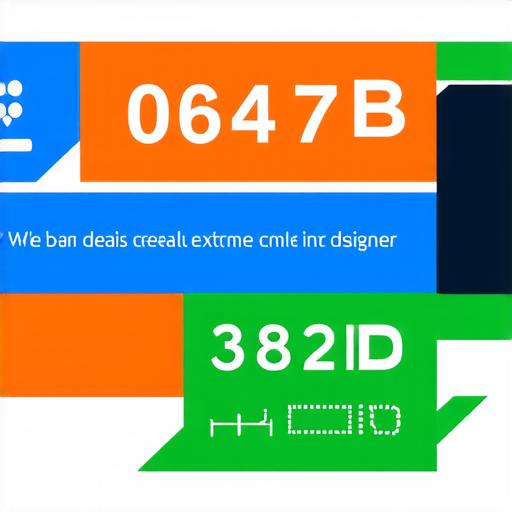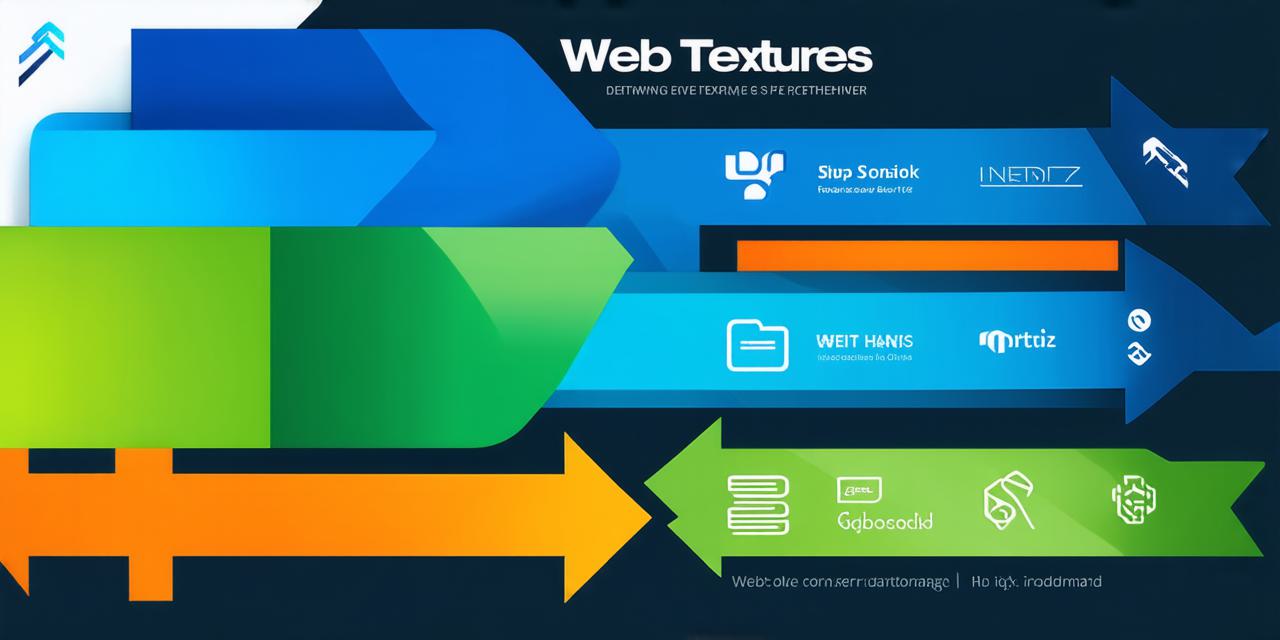Understanding the Terrain
Web design is not merely about aesthetics; it’s about creating an intuitive, user-friendly experience that drives engagement and conversion. A prime example of this is Apple’s sleek, minimalist design philosophy, which has become synonymous with their brand.
Mapping Your Journey
-
Research and Planning: Start by understanding your audience, their needs, and preferences. This lays the foundation for a successful design. As Steve Jobs once said, “Design is not just what it looks like and feels like. Design is how it works.” Conduct thorough market research, analyze competitors, and define clear objectives to guide your design process.
-
Wireframing and Prototyping: Sketch out the structure of your website, focusing on usability and functionality. Wireframes serve as a blueprint for your site’s layout, while prototypes help visualize the end product before diving into coding. Tools like Sketch, Figma, and Adobe XD are popular choices for web designers.
-
Design and Development: This phase involves creating visually appealing designs that align with your brand identity and are responsive across devices. Use color psychology, typography, and imagery effectively to engage users. Choose a suitable content management system (CMS) like WordPress or Drupal, and ensure your site is optimized for search engines (SEO).
-
Testing and Iteration: Never launch a website without thorough testing. User testing can reveal potential issues and opportunities for improvement. Remember, perfection is a journey, not a destination. Gather feedback, iterate based on user insights, and continuously refine your design to ensure it meets user needs effectively.
Navigating the Challenges
-
Keeping Up with Trends: Stay updated with the latest design trends and technologies to ensure your work remains fresh and relevant. Attend webinars, read industry blogs, and participate in online forums to stay informed about the latest developments.
-
Balancing Aesthetics and Functionality: Striking the right balance between aesthetics and functionality is crucial. A beautiful website that’s difficult to navigate will leave users frustrated. Prioritize usability and ensure your design elements serve a purpose, enhancing user experience rather than detracting from it.

Reaching Your Destination
A successful web design project not only meets client requirements but also delights users. It’s about creating a seamless, enjoyable user experience that keeps them coming back for more. By following this guide, you’ll be well on your way to crafting websites that not only look great but also work seamlessly for users.


